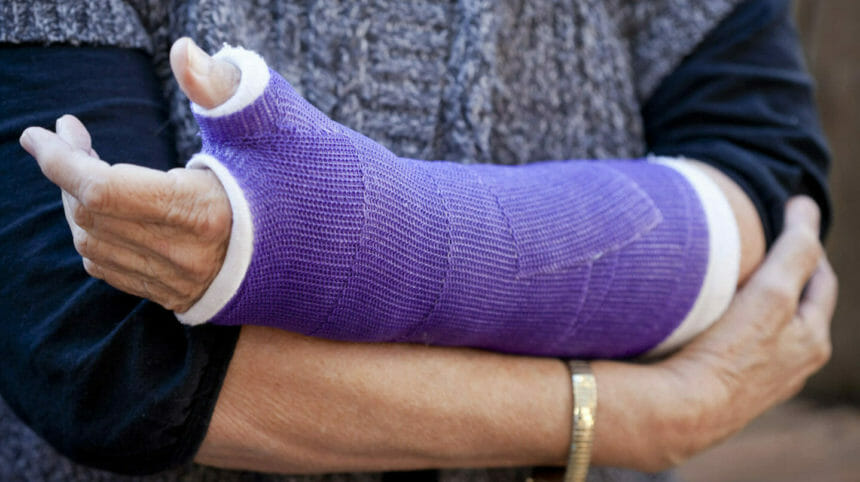
Most people who are diagnosed with osteoporosis want information on their fracture risk, but about only half of them receive it, a new study found.
The report, which was published on Nov. 13 in Osteoporosis International, also offered valuable insights on how people prefer communication regarding their health, the authors said. It is known as the Risk Communication in Osteoporosis Risk (RICO) study and involved 332 postmenopausal women with osteoporosis, including 48% with a history of fracture. The research was conducted in 11 sites around the world including Argentina, Belgium, Canada, Japan, Mexico, Spain, the Netherlands, the UK, and the United States.
According to the report, 86% of the people said understanding their fracture risk was important, but only 56% of them received information about it. People preferred a visual presentation of their fracture risk probability with a traffic-light type of color graph over a written or verbal report, the authors found. Country-specific visual aids would be even more relevant, the people said. The participants wanted printed information as well as a verbal explanation, and most were willing to go online to get it.
Participants in the study not only wanted to know about their fracture risk, they wanted to know about the consequences of fractures such as the risk of being unable to walk, loss of independence and what their quality of life would be like after a fracture.
“With this study, we have shed light on patient preferences regarding fracture risk communication and we believe it will help to close the communications gap and ultimately facilitate greater patient involvement in clinical decision-making, “Mickaël Hiligsmann of Maastricht University, the Netherlands, a senior author, said in a statement.
“Specifically, the RICO findings have revealed that an online visual decision aid that takes into account patients’ preferences for fracture risk communication would be beneficial and that a visual presentation using graphs with a colored traffic-light system is the preferred way to communicate fracture risk, as well as the most persuasive way to convince patients at risk of fracture to initiate treatment.”





